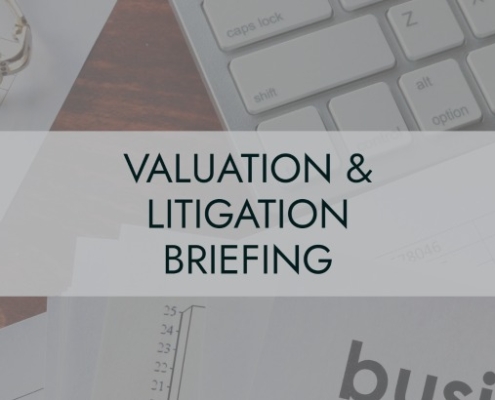The SECURE Act and Retirement Plans – What Changed?
On December 20th, the President signed the Setting Every Community Up for Retirement Enhancement (SECURE) Act into law. The Act is widely considered to be the most significant retirement policy legislation since the Pension Protection Act of 2006. The SECURE Act includes many reforms that increase access to workplace retirement plans and expand retirement savings including:
RMD Age Raised to 72
The SECURE Act raises the age at which an individual must begin taking required minimum distributions (RMDs) from their retirement accounts from age 70½ to 72. This new rule only applies to people who turn 70½ after December 31, 2019.
No Age Limit for Contributions to a Traditional IRA
The Act repeals the age limit for contributions to a traditional IRA. Under current law, an individual cannot contribute to an IRA after age 70½; the Act now allows anyone that is working and has earned income to contribute to a traditional IRA regardless of age.
Other Key Provisions Include:
- allowing unrelated small employers to join together to offer a retirement plan to employees;
- allowing long-term part-time workers to participate in 401(k) plans;
- allowing 401(k) plans to add annuities as a retirement plan option.
The Stretch IRA has been Cutback
Under current law, inherited retirement accounts can be stretched or distributed over a younger beneficiary’s lifetime. Under the Act, beneficiaries will now need to draw down the retirement account and pay income tax on the money over 10 years, rather than a lifetime. There are exceptions for spouses, minor children, disabled or chronically ill individuals, and beneficiaries who are less than 10 years younger than the decedent.
What Should Our Clients Do?
Taxpayers who have turned or will turn 70½ before December 31, 2019, should ensure that they have taken their RMD or have plans to do so prior to the deadline of April 1, 2020. If you turn 70½ on or after January 1, 2020, you will not need to begin taking required minimum distributions until 2022.
Taxpayers over 70½ who have earned income should consider whether the new rule permitting ongoing contributions to an IRA makes sense for their situation.
Taxpayers who have estate plans that include leaving retirement accounts to heirs should consider reviewing those plans to determine whether any changes need to be made based on the new law.
We very much appreciate the opportunity to serve you. Please contact Wouch Maloney at 215-675-8364 with any questions regarding the SECURE Act or for assistance with any tax, financial or accounting matters.







